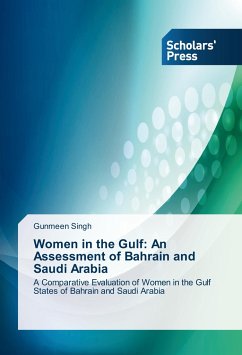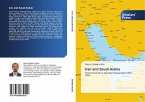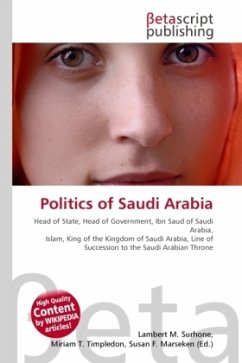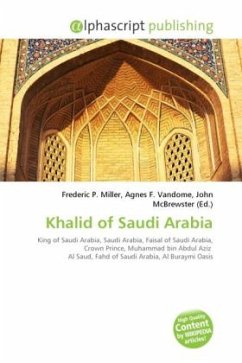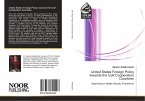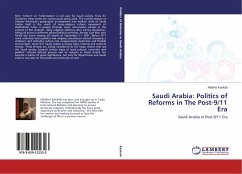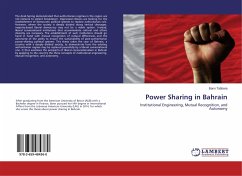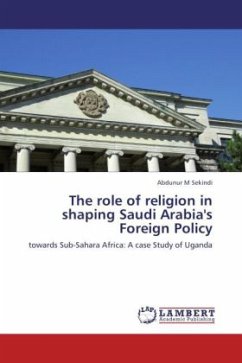Middle Eastern women, in general, and those belonging to the Gulf region in particular are most often viewed with certain preset perceptions and clichéd views. These women are envisioned as the less than privileged strata in their individual countries. These views are a result of a conventional image, possibly a result of a faulty outlook provided for by sources influenced by both domestic and external factors. This book examines such assertions, using as case studies, two countries of the Gulf Cooperation Council (GCC) namely Bahrain and Saudi Arabia. Through the assistance of the various chapters, it was deduced that though the essential nature of the states in question is similar, prominent differences exists that shape the way they formulate their state policies. Each chapter analysed a different aspect that is an integral part of any given state system to evaluate the status provided to women in these selected areas to present a fair comparison between the chosen states. A thorough analysis of these claims assisted in deriving at a valid result and alongside supporting the ensuing conclusion.
Bitte wählen Sie Ihr Anliegen aus.
Rechnungen
Retourenschein anfordern
Bestellstatus
Storno

